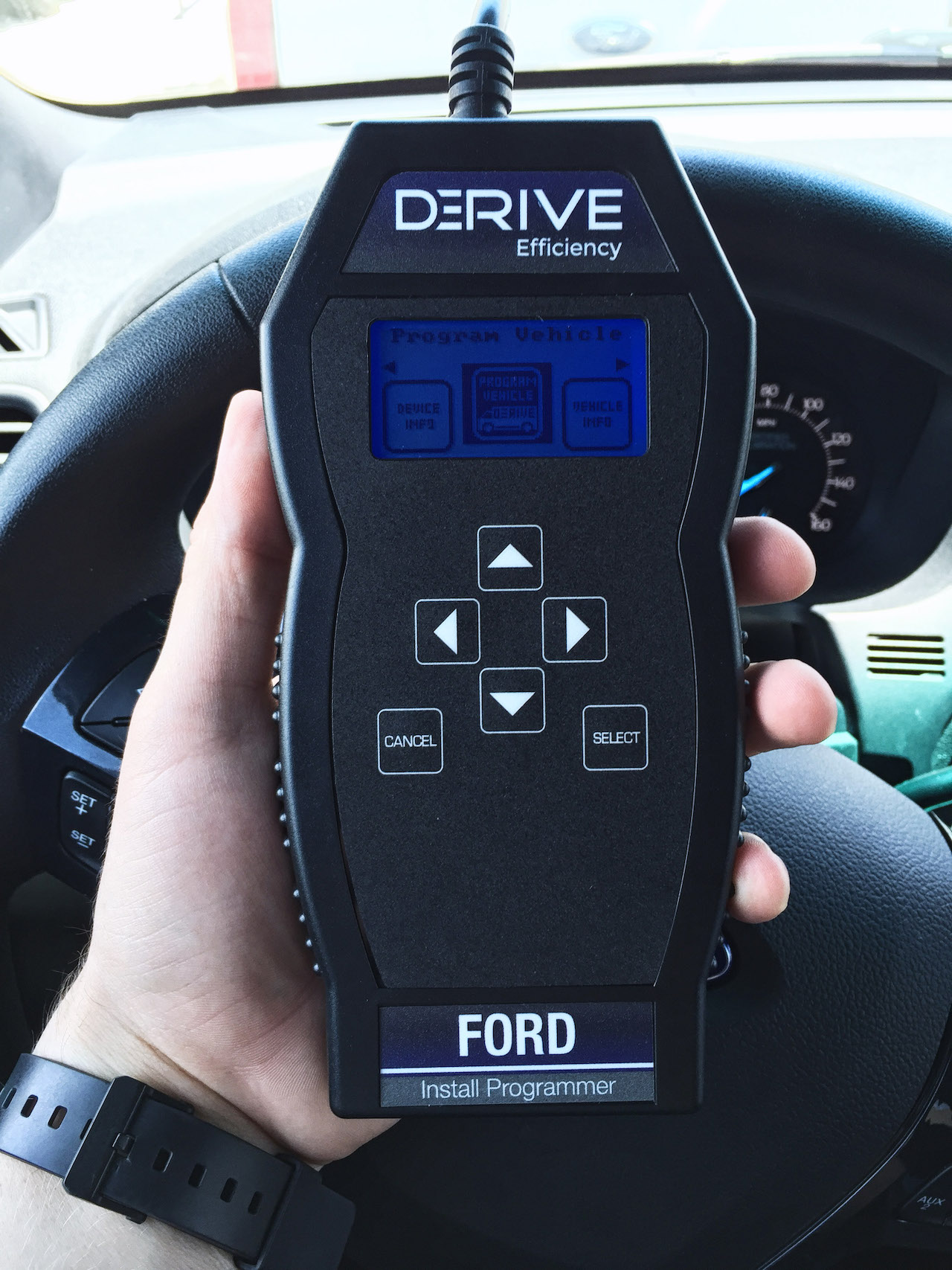Nowadays, vehicles are defined by the software inside them. Many are equipped with systems such as electronic fuel ignition, anti-lock brakes, black boxes, and ECUs all networked together on the Controller Area Network (CAN) bus. The CAN bus offers an effective way to connect devices that can question other ECUs on the car’s internal network.

The network was originally intended to make servicing easier, which is the reason why the port is called an OBD (on-board diagnostics) II port. But today, it’s common to be used to enable a form of telematics, such as a device that records driving style for insurance company purposes or gadgets like Automatic and Mojio that allow you to monitor your car through a mobile app.
It’s important to note that the OBDII port is capable of more than just reading data. Because it was created before the internet became so huge, it allows write access to devices on the network, an area that is an issue with vehicle hacking. However, writing data to controllers on a vehicle is beneficial. Companies already exist to measure your WRX and GT-R, and these do so by changing out a traditional engine map for one that uses its capabilities to a greater extent. Businesses also do this but look for better efficiency rather than a faster zero-to-60 time.
Enter Derive Systems, a company that has been occupying this space as both a participant and with fleets. According to Derive’s CEO, David Thawley, remapping your engines can save between 8% and 12% on fuel costs. More than 1.5 million installs of the company’s technology platform is driving. Thus, the company has a large base built up of how to work with different OEM systems. Now, Derive is looking to offer new information to self-driving cars so they are able to get up to speed.
“The way I think about it is that we’re at the point of an automotive renaissance. But the reality is that it won’t be that impactful for current cars unless it can be retrofitted to the 300 million cars on the road,” Thawley told Ars Technica.
Derive could then reach out to comma.ai, for example — a company that is creating an aftermarket semi-autonomous driving system — and ask if it wants to enable it through write-access rather than doing it in a one-by-one business-development process. Another example could include Derive working with a company that constructs Bluetooth blood-alcohol detectors.
Derive Systems’ platform has the potential to be a useful shortcut for developers interested in getting their technology working across several OEMs.
Via Ars Technica
Advertisement
Learn more about Electronic Products Magazine





